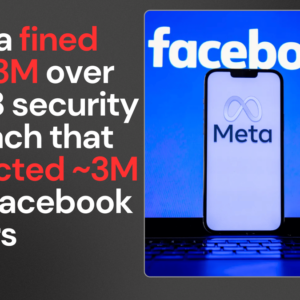Imagine opening a book with no chapter titles. That’s what code without comments feels like! Just as a well-structured book guides its readers, commenting and documentation in software development serve as essential tools for clarity and understanding. Let’s uncover why commenting and documentation are your secret weapons for clean and maintainable code.
What Are Comments in Code?
Comments are like sticky notes in your code—they guide others (and your future self) when revisiting the logic. In JavaScript, comments can be categorized into three types:
- Docstrings: While more common in languages like Python, you can use multi-line comments to document functions in JavaScript as well.
Multi-line comments: These are enclosed between /* and */, allowing for longer explanations.
/*
This function calculates the factorial of a number.
It uses recursion to achieve this.
*/
function factorial(n) {
return n <= 1 ? 1 : n * factorial(n - 1);
}
Single-line comments: These begin with // and are used for brief explanations.
// This function adds two numbers
function add(a, b) {
return a + b; // Return the sum
}
Why Are Comments Important?
Simplifies Debugging
When bugs arise, comments can be lifesavers. They help identify issues faster by providing context about what each part of the code is supposed to do. For instance, if a function isn’t returning the expected result, a well-placed comment explaining the logic can quickly lead you to the source of the problem.
Eases Collaboration
In team environments, good commenting practices are crucial. When multiple developers work on a project, clear comments ensure that everyone understands each other’s code. This is especially important for large projects where several people may touch the same files. Comments act as a bridge between different coding styles and thought processes.
What Should You Write in Comments?
When writing comments, consider including:
- Purpose of functions or classes: Explain what they do at a high level.
- Descriptions for complex logic: If you’re using intricate algorithms or patterns, describe them briefly.
- Assumptions or edge cases handled: Note any special conditions or assumptions that might not be obvious at first glance.
For example:
// Checks if the user is an adult based on age
function isAdult(age) {
return age >= 18; // Assumes age is always a non-negative integer
}
What Is Software Documentation?
While comments provide context within the code itself, documentation serves as a broader overview of how to use your software. It includes resources like API guides, README files, and user manuals. Documentation complements comments by offering structured information that helps users understand how to interact with your application.
Tools like JSDoc can help automate documentation generation from your comments, ensuring that your documentation stays up-to-date with your code changes.
Best Practices for Commenting and Documentation
Do’s:
- Write meaningful comments: Ensure that each comment adds value and clarifies the code.
- Keep them up to date with code changes: As you modify your code, remember to update your comments accordingly.
Don’ts:
- Avoid obvious or redundant comments: For example, writing
i++ // Increment idoesn’t add any value. Instead, focus on explaining why something is done rather than what is being done.
How Does It Improve Team Collaboration?
Good commenting and documentation foster smoother communication among team members. They prevent knowledge silos by ensuring that everyone has access to the same information about how the code works. This is particularly beneficial during onboarding new developers or when transitioning between teams.
A flow diagram showing the role of comments and documentation in team collaboration could illustrate this concept effectively.
Conclusion: The Secret to Better Code
Clear comments and strong documentation save time and improve the quality of your work. They not only make your code easier to read but also enhance collaboration among team members. By adopting good commenting practices and maintaining comprehensive documentation, you’ll find that both you and your colleagues can navigate complex projects with ease.
So next time you write code remember: effective commenting and documentation are not just best practices, they are essential ingredients for successful software development!
For further reading on writing effective comments and creating structured documentation, check out guides on JSDoc or Doxygen tutorials!












